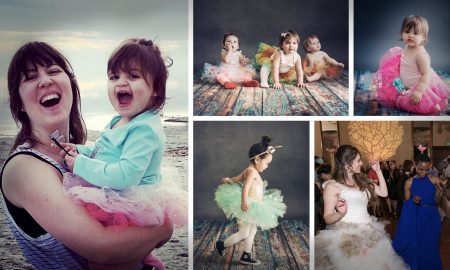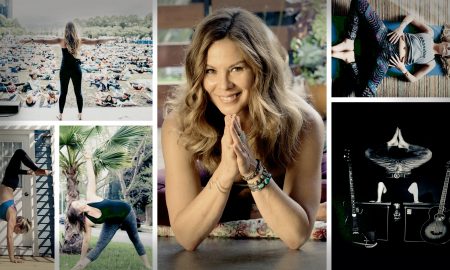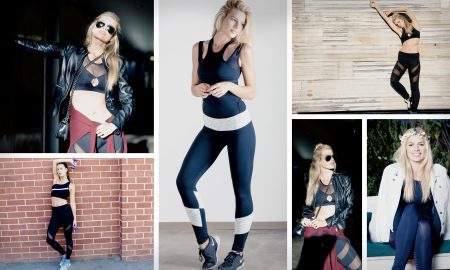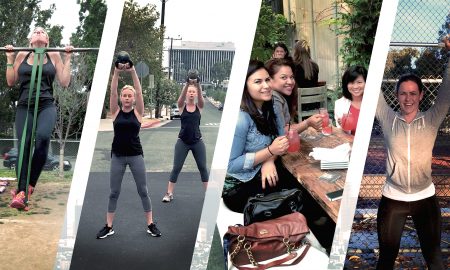

Today we’d like to introduce you to Jeanine Centuori.
Jeanine, please share your story with us. How did you get to where you are today?
I grew up in an Italian American neighborhood in New Jersey with a father who was a maker of all things. I gained an appreciation for how things were put together, and taken apart, and put together again. He was a consummate recycler before it was in vogue. All material things had value and could be reused, and reinvented. Looking back on those days, I now see how I became interested in the material world, and design that played a part in our daily lives.
Fast forward to my college years… I decided to study architecture because I was interested in everything. It seemed to me at the time that it was a way to exercise a curiosity of all things from science and art, to form and experience. It was a truly comprehensive pursuit. And Cooper Union, my alma mater in New York City was an amazing platform from which to launch a creative career.
I loved ideas in architecture and design and did not want to be hemmed into disciplinary boundaries, or workplace environments. During my first job after college with architect Toshiko Mori, I learned how to think about design in a holistic fashion-we designed a wide range of projects, and worked with colors, textiles, and all kinds of materials. This was my introduction to an expansive view of architecture.
When I met my husband, Russell Rock, who is an artist, we decided to practice together. We formed UrbanRock Design when we moved to Los Angeles in 1998 and set up shop at the Brewery Arts Complex. We decided to focus on public art, environments, and small architecture projects, as a way to combine site-specificity with art.
Has it been a smooth road?
It has been an adventure, but not always smooth. I was always interested in the artistic sides of architecture but did not have the patience for practicing architecture in large firms, nor for exclusively working on buildings. I was drawn to some aspects of buildings– the parts and pieces, but not necessarily complete buildings. I struggled with finding a career in architecture that would utilize my abilities and interests and did not want to sit in front of a computer screen all day.
When I fell into teaching architecture, I realized it was a way to be involved with young people and immersed in ideas. This venue allowed me to practice “ideas” and to explore my creative interests alongside my teaching. There was freedom to think, explore, and make things. My public art practice grew out of the space of teaching. It was a natural fit.
So let’s switch gears a bit and go into the UrbanRock Design story. Tell us more about the business.
I formed UrbanRock Design with my partner Russell Rock who is an artist. We create public art, environments, and architecture for a range of sites and clients. We work in a hands-on fashion to design and build projects from conception to complete an installation. We are known for our site sensitive approaches that employ a creative logic to fit perfectly into their environments. We bring cultural footprints to the forefront and highlight invisible dimensions of place. We seek to encourage a closer understanding of environment and place.
Our projects use a combination of two- and three-dimensional form and image-making techniques. Where possible, we make episodic artworks that create a thickened or sequential experience. We like to evoke reflection and thought with layered meanings.
In addition to implementing built artworks and environments, we make art plans which set the stage for other artists. These art plan projects are the first creative act that foster curated opportunities for many artists. We are honored to work alongside other artists with this kind of practice.
Our work takes us to many urban centers around the United States and Canada, and is situated in transit stations, public plazas, and integrated into architectural facades and spaces. We have completed projects in Los Angeles, San Bernardino, Denver, Redding, Tempe, Calgary, and others.
How do you think the industry will change over the next decade?
Public art is still a very young field that has been growing very rapidly. The overlapping nature of the design arts is continuing to push the boundaries of public art, as are technologies and multiple new ways of working. I think we will see more holistic and integrated projects that blend architectural and art environments.
I think there will be more kinds of collaborations among artists and designers from various disciplines working together on teams that are made of members from around the world. Technologies are enabling many more kinds of working relationships as well as many kinds of interactive projects. User engagement will become more involved and responsive.
Contact Info:
- Website: www.urbanrockdesign.com
- Phone: 323-227-0955
- Email: [email protected]
- Instagram: www.instagram.com/urbanrockdesign/






 Image Credit:
Image Credit:
Kalpana Kuttaiah, Russell Rock
Getting in touch: VoyageLA is built on recommendations from the community; it’s how we uncover hidden gems, so if you know someone who deserves recognition please let us know here.



















